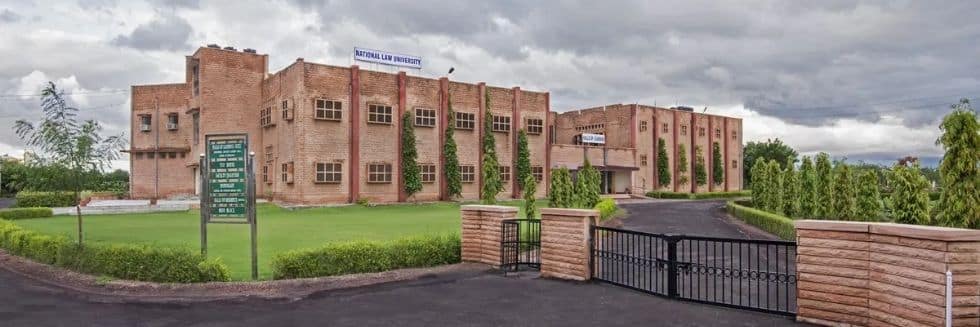In a recent development, the Supreme Court presided over by Justices Hrishikesh Roy and Sanjay Karol, underscored the importance of balancing the testimonies of injured and interested witnesses in court proceedings. This observation was made during the hearing of the case Periyasamy v. The State Rep. By The Inspector of Police.
The case traces back to a judgment passed on 26th November 2014 by the Madurai Bench of Madras High Court, which affirmed a decision made by the Sessions Court, Tiruchirapalli, on 31st July 2014. The defendants in the case, Periyasamy and R. Manoharan, were found guilty under several sections of the Indian Penal Code, 1860 (IPC).
The case revolved around a fatal incident where two individuals, Dharmalingam and Thangavel, were allegedly stabbed to death by Periyasamy, purportedly incited by R. Manoharan. It was reported that R. Manoharan handed the knife to Periyasamy, who then inflicted fatal injuries on the victims. Both victims died while being transported to the hospital. Sakthivel, another injured party, reported the incident to the police.
The trial court’s conviction of the defendants was based on testimonies from witnesses and medical evidence. The High Court upheld these convictions, dismissing the defence’s challenges, including the omission of A-2’s name in the FIR and other arguments put forth for accused no. 1.
The Supreme Court, in its review of the case, scrutinized several aspects. Firstly, it examined the claim of private defence by accused No. 1, emphasizing the principles governing its applicability, such as the need for a reasonable apprehension of danger and proportionality in the force used.
The court also made a clear distinction between interested and independent witnesses. While it acknowledged the importance of the testimony of injured witnesses, it also pointed out inconsistencies and lapses in their statements, casting doubts on their credibility. The court further questioned the absence of independent witnesses, which are crucial for corroboration.
The court also expressed concerns over the quality of the police investigation, highlighting deficiencies and contradictions in the investigative process. It concluded that due to these inconsistencies, lapses in the investigation, and lack of corroborative evidence, the prosecution failed to establish its case beyond a reasonable doubt.
As a result, the court overturned the convictions, and the defendants, Periyasamy and R. Manoharan were acquitted.
Who is the Injured Witness in Law?
The term “injured person” is often used in legal parlance to denote an individual who has suffered harm, injury, or damage as a result of an offence or incident. This term is particularly relevant in the context of criminal cases, where the testimony or statements of the injured person can play a pivotal role in establishing the facts of the case.
In the case of Balu Sudam Khalde and Another v. the State of Maharashtra (2023), the Supreme Court elucidated several legal principles to be considered when evaluating the evidence of an injured eyewitness. These principles include the presumption of the presence of an injured eyewitness at the scene unless there are material contradictions in their deposition and the belief that an injured witness would not falsely implicate the accused while letting the real culprits escape unless proven otherwise by the evidence. The court also emphasized that the evidence of an injured witness holds significant evidentiary value and should not be discarded lightly unless there are compelling reasons to do so.
Who is an Interested Witness in Law?
An interested witness, in legal terms, refers to a person who has a stake or interest in the outcome of a legal proceeding. This interest could be financial, personal, or related to their relationship with one of the parties involved in the case. Such witnesses are generally considered less credible or impartial compared to disinterested witnesses, who do not have a direct interest in the outcome of the case. The concept of independent and interested witnesses was explained by the Supreme Court in the case of Joginder Singh v. State of Punjab (1979).






